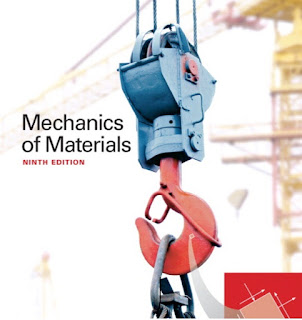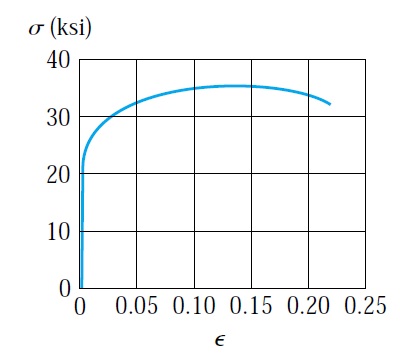Design for axial load and direct shear
design is the process that involves the determination of structure properties and dimension in order to support specific loads and perform it is function properly. the design process will determine the number and location of supports, materials to be used in the structure, properties of used materials, the dimension of structure members.
The design process is tougher and consuming more times compared to the analysis process. in the analysis process, structure properties are given. this includes a full description of structure properties and members dimension and location. analyzing of a structure is done once and design of structures involving analyzing of structure.
in analyzing or designing a structure. we use two important terms: loads and reactions. loads refer to active forces applied to the structure such as wind, gravity, and earthquake. the reaction is induced at support due to applied loads. magnitude and direction of reaction will depend on the magnitude and direction of applied load and structure arrangement.
stiffness and stability of members should be considered and used to design structure along with strength consideration. stiffness refers to the ability of the member to resist excessive deformation or change in shape such as stretching, bending and twisting. excessive deformation is unwanted for some structure such as beams. therefore stiffness should be considered in designing structures. stability is the ability of a structure to resist buckling. buckling related to slender compression members. stiffness and stability of structure should be consider and checkecd to avoid excessive deformation and buckling of structure.
optimization is another part of design. optimization means selecting and designing best structure to meet the required goals. optimization includes many consideration such as:
The design process is tougher and consuming more times compared to the analysis process. in the analysis process, structure properties are given. this includes a full description of structure properties and members dimension and location. analyzing of a structure is done once and design of structures involving analyzing of structure.
in analyzing or designing a structure. we use two important terms: loads and reactions. loads refer to active forces applied to the structure such as wind, gravity, and earthquake. the reaction is induced at support due to applied loads. magnitude and direction of reaction will depend on the magnitude and direction of applied load and structure arrangement.
Figure 1
in this article, we will discuss the simple and straight forward design. such as determining the required size for members to carry tension or compression force. and the size of the pin and bolts subjected to direct sear. area of member can be determined using the following equation
Required area=(Load to be applied)/(allowable normal stress or shear stress)
optimization is another part of design. optimization means selecting and designing best structure to meet the required goals. optimization includes many consideration such as:
- aesthetic
- economic
- environmental
- political
- technical aspects and country specifications and codes
Example: for the structure shown in figure 2. determine the required cross-section for bar AB and required diameter for the pin at support C. if the allowable stresses in tension and shear are 125 Mpa, 45 Mpa respectively. (pin at support are in double shear. ignore the weight of member AB and BC)
Figure 2
using equilibrium equations
From figure 3-a
∑FH=0
-RAH+RCH=0
RAH=RCH
∑FV=0
RAV+RCV-5.4=0
RAV+RCV=5.4
RAV=5.4-RCV
∑MA=0
RCH*(2)-0.8*(2.7)+2.6*2.7=0
RCH=4.59Kn
RAH=4.59Kn
From figure 3-b. using free body diagram of part BC and summing moment at point B.
∑MB=0
-RCV*3+2.7*2.2+2.7*0.4=0
RCV=2.34Kn
RAV=5.4-2.34=3.06Kn
resultant of forces at point A
RA=√(RAV)^2+(RAH)^2
=√((3.06)^2+(4.59)^2)
=5.51 Kn
Area of bar AB=applied load(RA)/allowable stress
=5.51*1000N/125=44.08mm2
resultant of forces at point C
RA=√(RCV)^2+(RCH)^2
=√((2.34)^2+(4.59)^2)
=5.15 Kn
double shear applied at pin at support C
therefore Vc=5.15/2=2.575Kn=2,575N
Area of pin at C=(Vc)/allowable shear stress
=2575/45=57.22mm2
(π/4)*(d^2)=A
d=√A*4/π=8.54mm
Figure 3


















Comments
Post a Comment